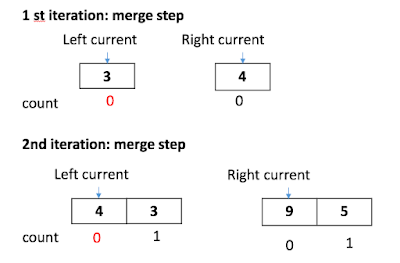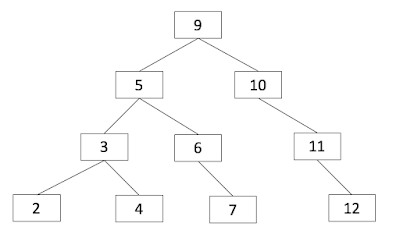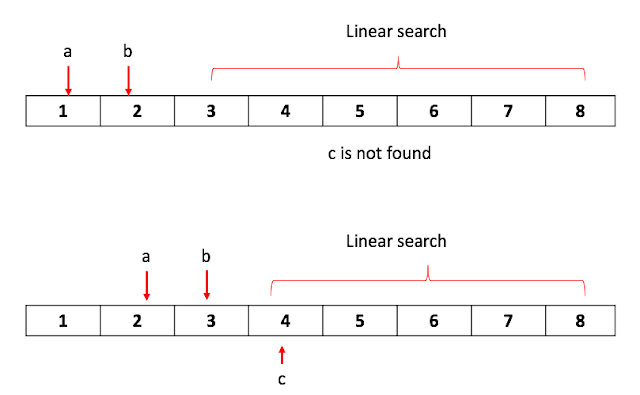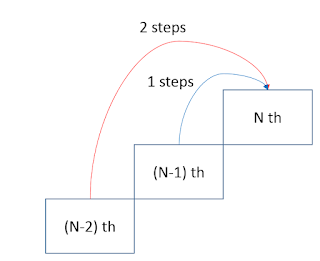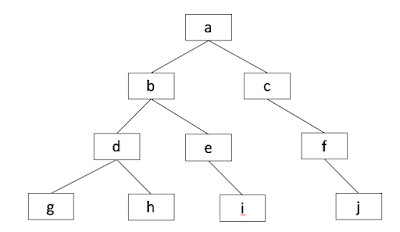Finding the maximum number from two arrays preserving relative order
Problem You are given two arrays of length M and N having elements in the range 0-9. Your task is to create the maximum number of length K from elements of these two arrays such that the relative order of elements is the same in the final number as in the array, they are taken from i.e. If two elements a, and b are taken from array1 and a comes before b in array1 so in the final number a should come before b (Relative order kept same). Example: N=4 and M =6 Array1 = { 3 , 4, 6,5} Array2 ={9,1,2,5,8,3} Suppose K = 5, then the number will be {9,8,6,5,3} You can see {9,8,3} are taken from Array2 in the same order as they are in Array2. Similarly {6,5} are taken from Array1 in the same order and number 98653 is the maximum possible number.
